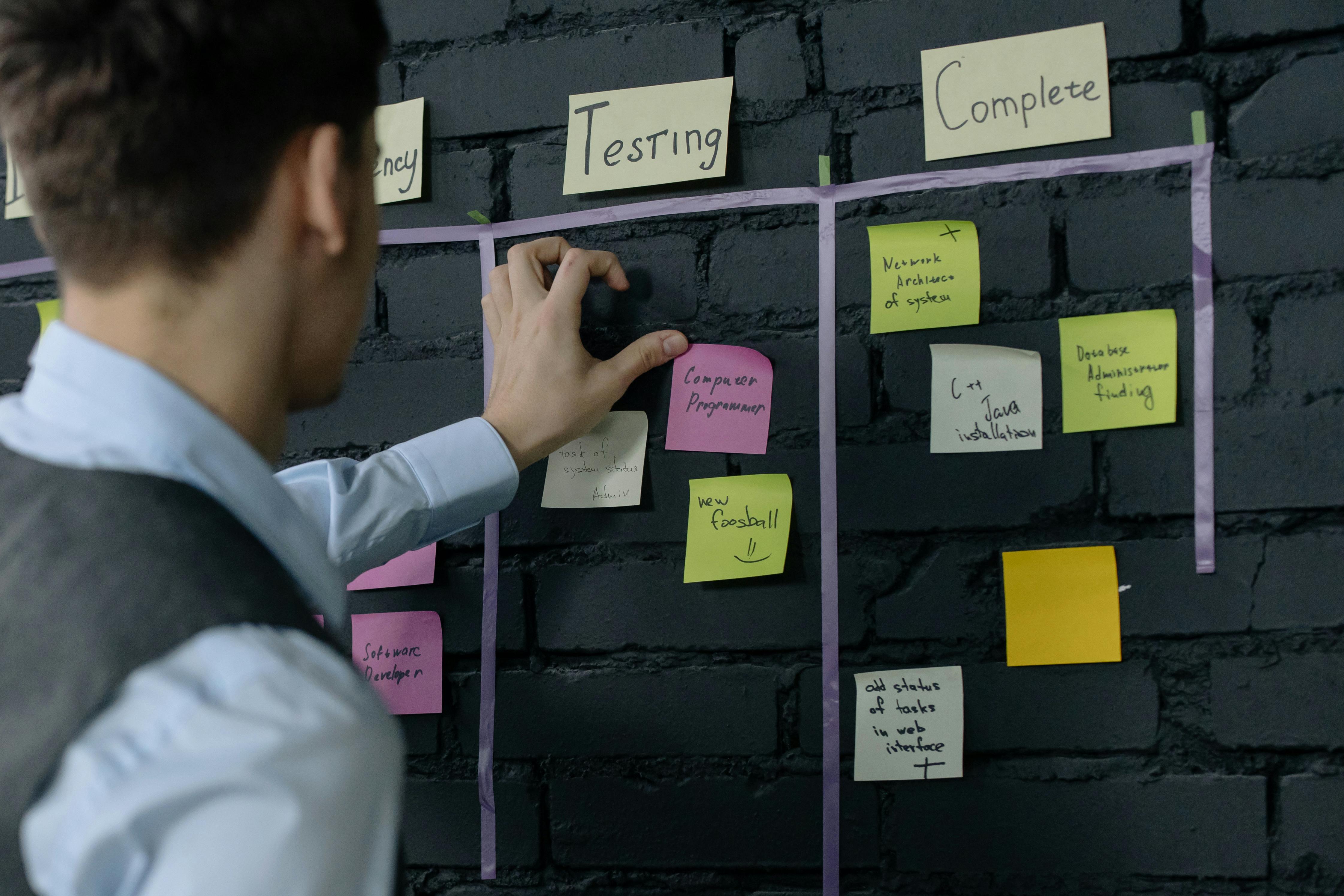Building Your Lean Digital Core: The Foundation for Smarter Scaling

In our last post, "From Insight to Action: Building Agile Teams for a Leaner Digital Future", we showed how today’s most agile companies scale capacity without bloating their teams. They focus on automation, fractional access to expertise, and outcome-driven decision making.
But there is an important next question that follows: What does your organization need in place to operate this way effectively?
In other words, how do you build a lean digital core that lets your team scale smarter?
At Smartt, we've seen this pattern across hundreds of clients: the organizations that scale fastest don't just think differently about people. They think differently about the systems those people work within.
Why Your Digital Foundation Determines Your Speed
Without a lean digital core, even the most agile teams hit walls:
- Automation efforts stall because systems don't talk to each other
- Reporting stays fragmented across departments and tools
- Flexible capacity gets wasted on patchwork workarounds
- Cross-team agility breaks down when basic workflows are broken
Here's what changes everything: a lean core isn't about having more technology. It's about having the right technology, configured for speed and adaptability.
The Five Pillars of a Lean Digital Core
1. Speed-First Web Infrastructure
Your marketing and digital teams need to ship fast. When they have to wait weeks for dev queues to test a new offer or launch a campaign page, your entire competitive advantage evaporates.
What works: Modular, API-friendly platforms like modern WordPress with Bricks, headless CMS solutions, or other systems built for rapid iteration. The key is choosing platforms where changes happen in hours, not weeks.
The impact: When your website can evolve as fast as your strategy, your entire digital funnel accelerates.
2. Unified Data Intelligence
Data is the connective tissue between IT, marketing, sales, and operations. When teams can't trust the numbers, they retreat into silos and make decisions based on gut feeling instead of insight.
What agile organizations build early:
- CRM and marketing automation that sync seamlessly
- Business Intelligence dashboards that actually get used (Power BI, Looker, Tableau)
- Automated data pipelines that eliminate manual reporting busywork
The payoff: When everyone is looking at the same reliable data, cross-functional decisions happen faster and with more confidence.
3. Automation-First Workflows
Manual processes are the enemy of agility. Every task that requires human intervention is a bottleneck waiting to happen.
Smart automation targets:
- Campaign operations that self-optimize based on performance data
- Client onboarding that flows automatically across systems
- IT monitoring that alerts without daily check-ins
- Reporting that happens in the background, not in spreadsheets
This is where our FlexHours model really shines: We help teams identify and build these automation pipelines strategically. The ROI is immediate: fewer tickets, faster throughput, and more capacity focused on value creation instead of administrative overhead.
4. Built-In Security Architecture
When you're moving resources dynamically and scaling capacity across functions, security can't be an afterthought. It has to be baked into your foundation from day one.
Essential security elements:
- Comprehensive endpoint protection and monitoring
- Automated patching and backup validation
- Multi-factor authentication across all systems
- Cloud infrastructure configured for least-privilege access
Too many companies scale fast, then spend months retrofitting security later. We help clients build it in as part of their lean foundation, not as an expensive add-on.
5. Flexible Resource Operations
Finally, your team needs both the mindset and the mechanics for deploying flexible capacity effectively.
FlexHours works best when:
- Teams have clear processes for requesting and deploying capacity quickly
- Leaders actively manage resource priorities and shifts
- Utilization is transparent and accountable through real-time reporting
We provide clients with simple playbooks and dashboards to operationalize flexible capacity. The goal is visible, managed agility that scales without chaos.
The Traps That Kill Lean Cores
As you build your lean digital foundation, avoid these common pitfalls:
- Over-engineering before the basics work. Get your core systems solid before adding complexity.
- Under-investing in data integration. Clean, reliable data flow is worth more than any single tool.
- Treating automation as a project, not a capability. Build automation as an ongoing practice, not a one-time implementation.
- Skipping the operational playbook. Without clear processes for using flexible capacity, even the best systems create confusion.
Remember: our goal is speed, adaptability, and clarity, and not technological complexity.
The Competitive Advantage of Agile Infrastructure
The organizations that will dominate the next decade won't be those with the biggest teams or the most expensive tech stacks. They'll be the ones with:
- Lean, flexible digital cores that accelerate rather than constrain
- Shared capacity they can deploy without friction or delay
- Compound automation that multiplies impact over time
- Trusted data that drives confident, fast decisions
This is exactly what we help clients build at Smartt. If you're ready to make agility part of your operating system, and not just your aspiration, let's talk.
Ready to assess your foundation? Contact us for a review. Let's build the infrastructure that lets you scale smart, not just scale big.


